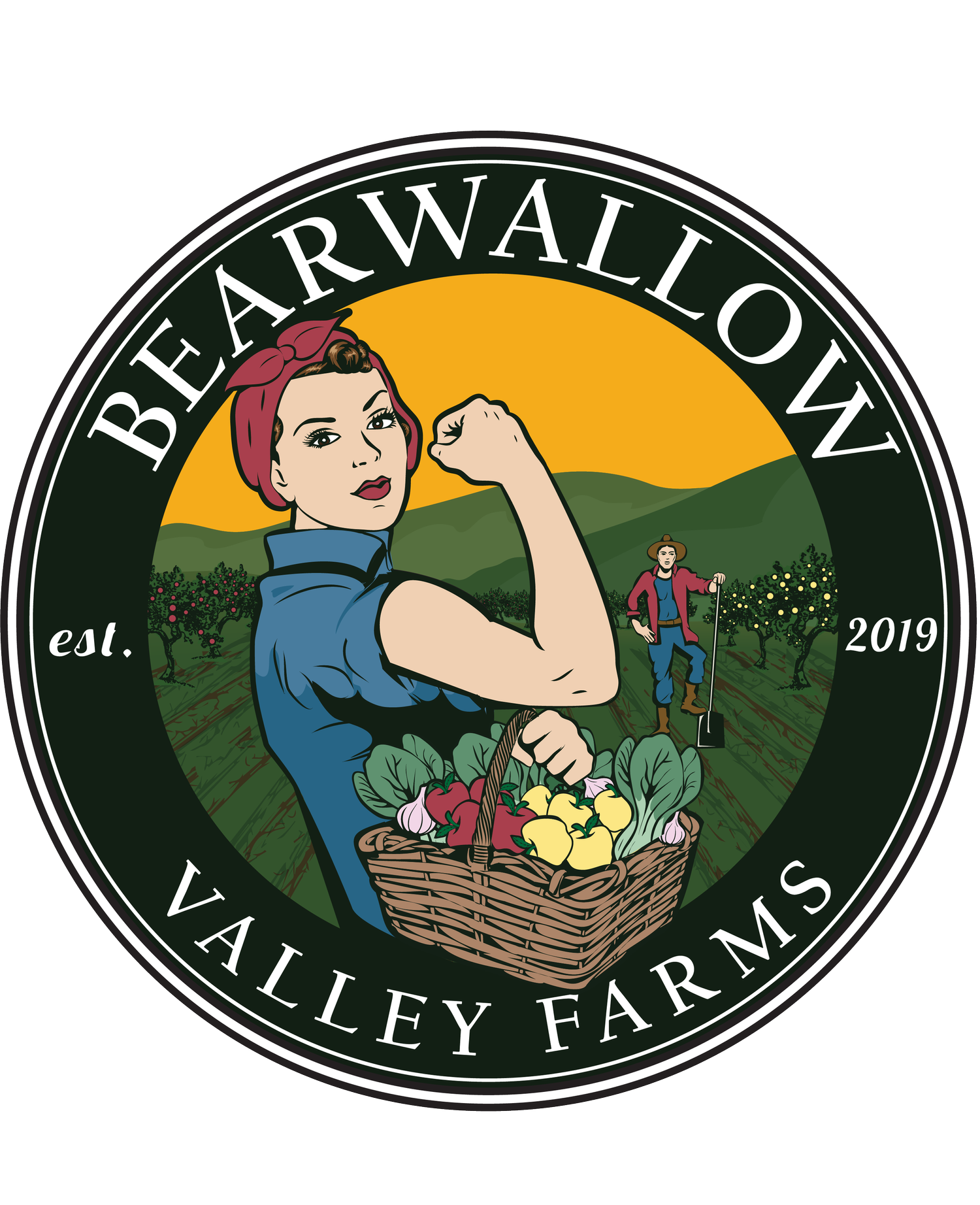All Things Carrots
Written By: K. Roberson
History of Carrots
Wild carrots are native to Eurasia and are thought to have been domesticated in Central Asia around 1000 CE. In archeological digs, prehistoric seeds have been found suggesting that this plant was used medicinally before the domestication of its edible root (Editors of Encyclopaedia Britannica, 2022). Carrots made their way unintentionally to the United States as a weed during European colonization (Editors of Encyclopaedia Britannica, 2022). "In the 20th century, knowledge of the value of carotene (provitamin A) increased appreciation of the carrots, a rich source of the nutrient" (Editors of Encyclopaedia Britannica, 2022). Carrots grow best in cool to moderate temperatures and are not grown in the summer in warmer regions. They also require deep, rich, loosely packed soil (Editors of Encyclopaedia Britannica, 2022).
So what makes carrots such a popular vegetable?
Carrots are packed with beta-carotene, antioxidants, vitamin K, vitamin C, fiber, and potassium (Teoh, n.d.). Beta-carotene is turned into Vitamin A in the body. These carotenoids are what give carrots their color and they can help your body fight infections (Taylor, 2021). Carrots are great for your eyes because carotenoids are antioxidants that may decrease risk of age-related macular degeneration. Since they are high in antioxidants like carotenoids, they can help reduce cancer risk. Carrots high content in fiber make them a heart healthy option and may help lower cholesterol levels (Taylor, 2021).
What gives rainbow carrots their color?
Orange carrots are high in beta-carotene giving them their orange color.
Yellow carrots contain beta-carotene and lutein to give them their yellow color.
Purple carrots have more of a different carotenoid called anthocyanin that gives carrots and other vegetables like cabbage their purple color.
(Taylor, 2021)
Sources
Editors of Encyclopaedia Britannica. (2022, September 7). Carrot. Encyclopaedia Britannica. Retrieved October 24, 2022, from https://www.britannica.com/plant/carrot
Taylor, A. (2021, March 23). Reasons why carrots (of all colors) are healthy for you. Cleveland Clinic. Retrieved October 24, 2022, from https://health.clevelandclinic.org/reasons-why-carrots-of-all-colors-are-healthy-for-you/
Teoh, H. (n.d.). The multi-colored history of carrots. Food Literacy Center. Retrieved October 24, 2022, from https://www.foodliteracycenter.org/broccoli-beet-year/multi-colored-history-carrots
This Week on the Farm
Below is a picture of one of the boxes that was packed on the farm and delivered to a local elderly's home by The Storehouse, a local food pantry and nonprofit in Hendersonville! This box included; broccoli, garlic, onions, apples, winter squash, a bell pepper, radishes, and greens all from the farm! A local food guide from ASAP and two recipes were also included!





